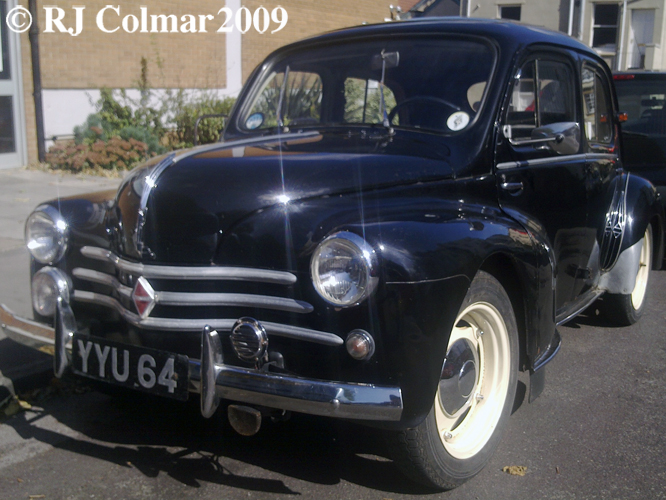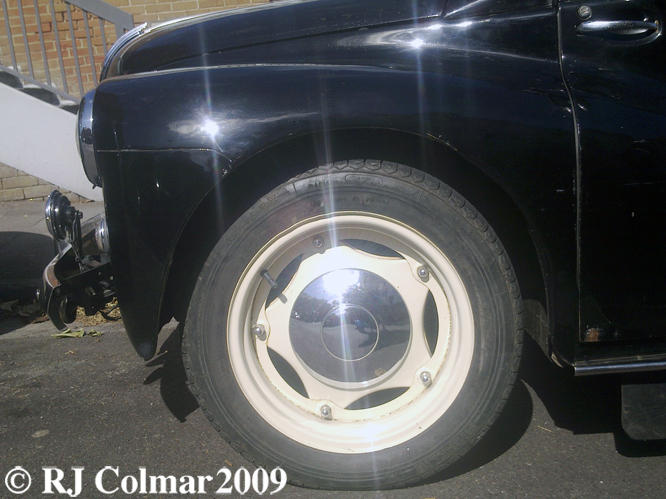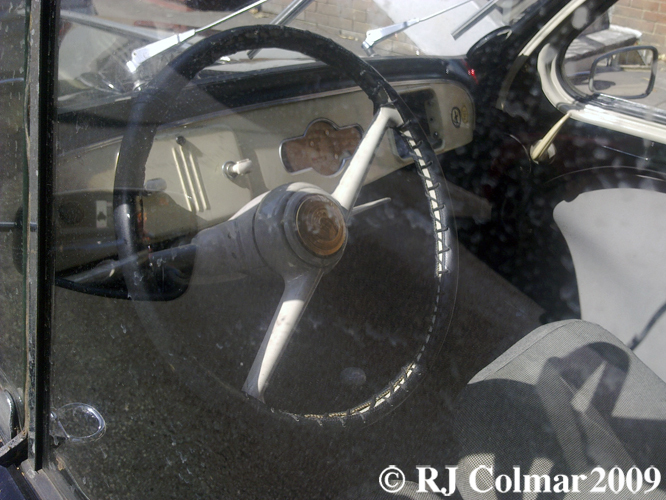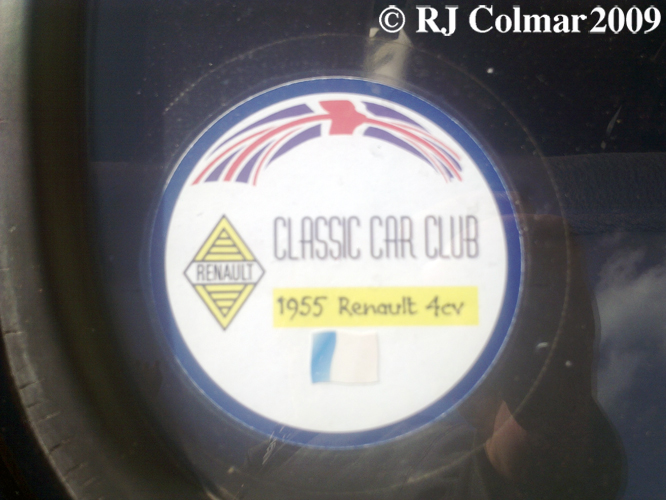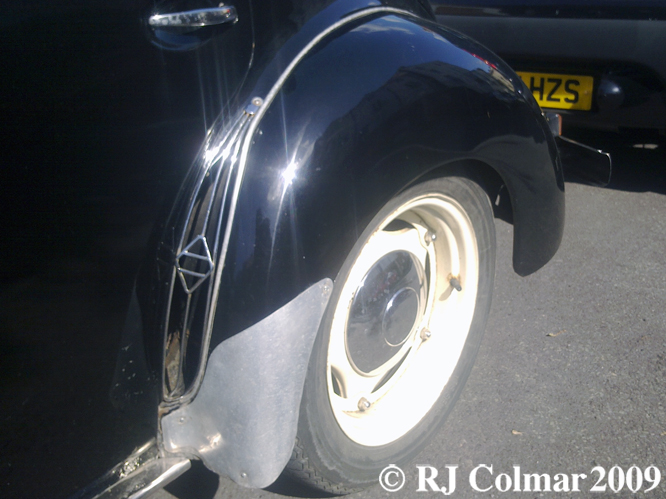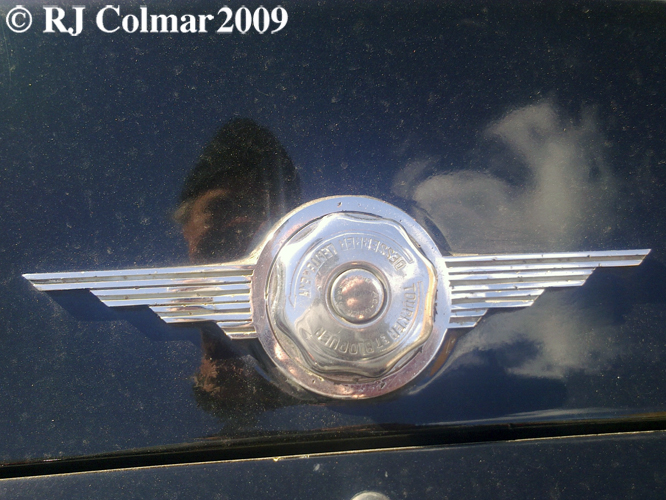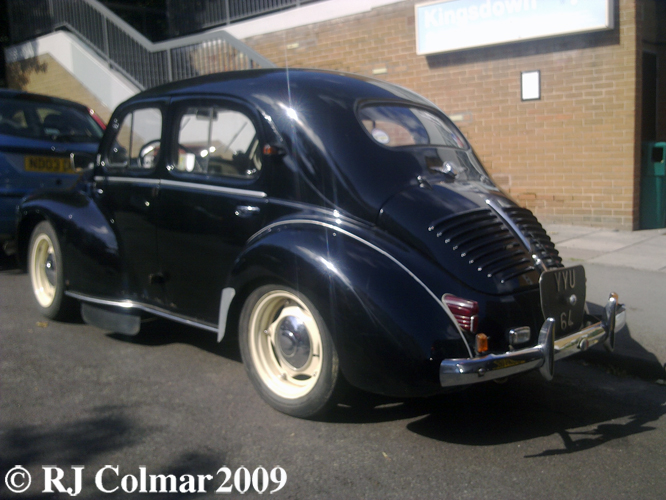Despite being ordered by the Germans to concentrate on the design and production of commercial vehicles for military use the design of the 4CV commenced under the instruction of Louis Renault while his factory was under occupation in 1940.
Renault called on his designers to ‘make him a car like the Germans’ – presumably Beetle – since the 4CV like the Beetle shares a rear engine layout.
In 1947 upon its launch the steering was direct the wheel requiring just 2 1/4 turns lock to lock however over the years this was criticised as being too difficult to handle in the wet, so by the end of production in 1961 a ridiculous 4 1/2 turns were required lock to lock.
The 4CV was the first French vehicle to break the million unit sales barrier, 4CV models were also produced in England, Australia, Belgium, Ireland, Spain, South Africa and in Japan where under the Hino brand these vehicles have a particularly good reputation for superior quality.
1950 the original water cooled in line four 747 cc / 45 cui engine was replaced by the 17 hp 760 cc / 60 cui ‘Ventoux’ engine which survived through various Renault guises until 1984 and then had its life extended through various Ford do Brazil incarnations until 1996 when the 4WD Ford do Brazil Pampla was phased out.
As fuel octane ratings rose and the compression ratio’s of the engine increased power was raised to 21hp by the time 4CV production came to an end, Renault tuners such as Alpine managed higher outputs for their successful competition units.
The ‘La motte de beurre’ – the lump of butter – nickname derives from a combination of the cars shape and the fact that early models were painted with war surplus yellow paint originally intended for vehicles to be used by the Afrika Korps.
Hope you have enjoyed todays French edition of ‘Gettin’ a lil’ psycho on tyres and will join me tomorrow for some vintage fun in the final run up to Christmas. Don’t forget to come back now !

